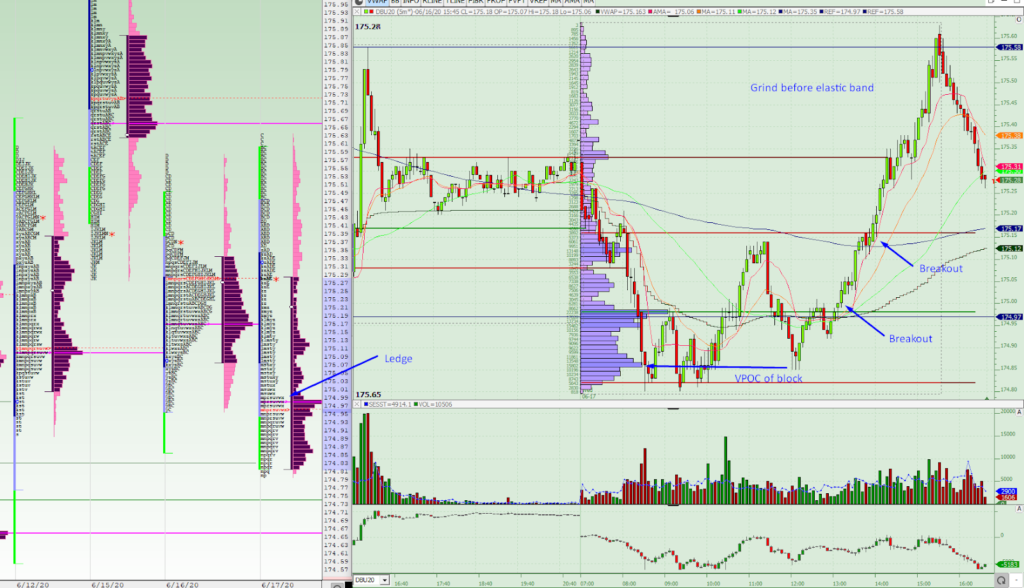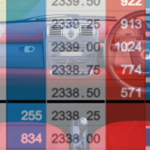Day trading should be simple, right? A market will go up from point A to B. Buy it. Wait to get paid. Go home. Repeat tomorrow. Ultimately this is completely true but so many other things get in the way. As a trading mentor and Head of Training I hear many different reasons why trades were taken and didn’t work, and perhaps worse, why after having called a trade, a trader did not take it and is disappointed. All of these discussions often boil down to a total lack of, or a very limited trading plan.
Day Trading Plans Are More Than Maps
Plans need more than where a market is going to go – this is simply a map – they need to include how it will get there, when it will and what could prevent it doing so. Imagine travelling to another city (tough during lock down, I know) a map will tell you that a motorway runs to this city, you can have a guess that this mean you can travel quickly from A to B. What it doesn’t tell you is how you will get there (where congestion will be), when is best to go (not rush hour) and what could prevent you making it (road closures, Covid-19). Your trading plan needs to pin point your entry, rather than a generalised direction, bringing your timeframe onto a short term set up focuses in on a point and then you can consider what you expect to happen at the point – is this a breakout? Reversal? Continuation? If what happens doesn’t match your expectation then there is no trade.
Order Flow In A Market Move
Furthermore, often the biggest flaws in many traders’ plans, is the complete absence of any idea how the move is going to get to point B, instead the expectation is a straight line. This is rarely the case. So when a steady drifting move ensues, you will hear the common excuse that, “the price action didn’t look right so I got out” this not only prevents the trade reaching its target but breeds frustration and revenge trading. Understating the detail of the trade you are taking – where it will stall, where it will accelerate and the accompanying order flow will allow a trader to sit through some of the stalls or exit when acceleration doesn’t occur where expected.

Entry points on a Bund block reversal trade
Learn To Trade The Move
So, I’m sure you’re thinking: “How do I know what a move is going to trade like?” This comes down to a few things, but most importantly debriefing trades you have taken and whether you have held them or not. For example, in the image above this is a typical block reversal and move back through range. A debrief should not just be focusing on what happened but instead on where a trade could be entered and how it will move to target – in this trading strategy, the move is usually a steady grind.
Of course you may not have seen such a set up before, in this case a consideration of positioning will come into play in executing your trading strategy as a summary positions exiting will cause a faster move than positions being taken – I will discuss this further in a future blog. Until then work on getting detail into your plans, and remember there is more to a move than point A to B.
Richard
Continue Developing Your Trading Skills
Learn how to take your trading career further by checking out our range of Trader Training courses. Our flagship 8 Week Career Programme can be attended live on our London Trading Floor or virtually from home as an online trading course. These are some of the most comprehensive training programmes in the proprietary futures trading industry and are based upon years of successful in-house skills development protocol.
Axia Futures
4 Endsleigh Street London GB WC1H 0DS
+44 20 3880 8500
https://axiafutures.com/
Social Media:
Facebook: https://www.facebook.com/AXIAFutures/
YouTube: https://www.youtube.com/AxiaFutures
LinkedIn: https://www.linkedin.com/company/Axia-Futures/
Contacts:
Demetris Mavrommatis – Co-Founder, Head of Trading
Alex Haywood – Co-Founder Head of Strategy





